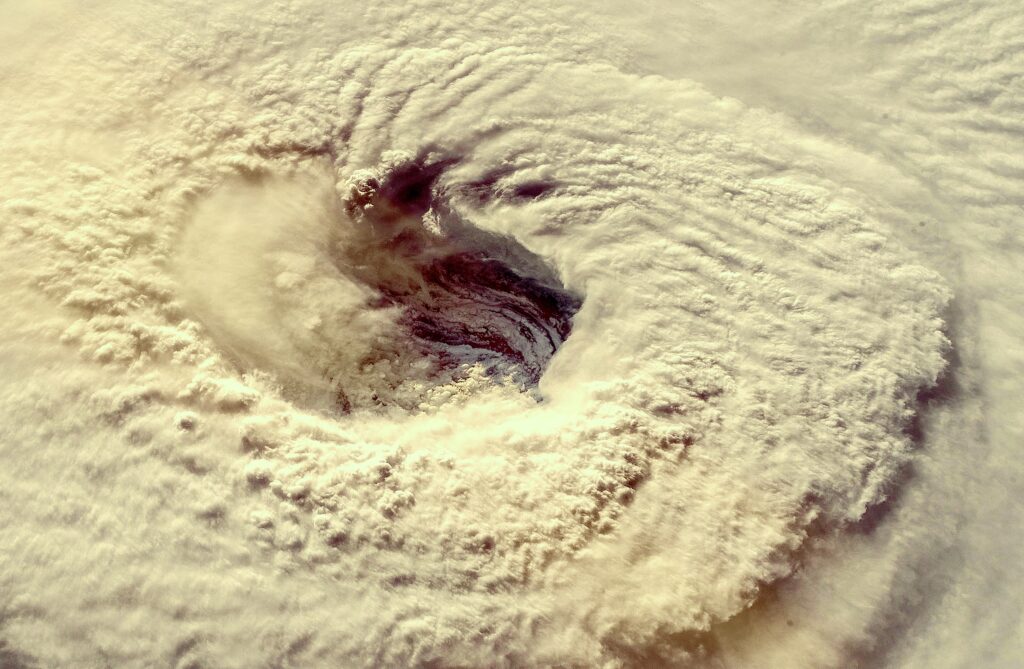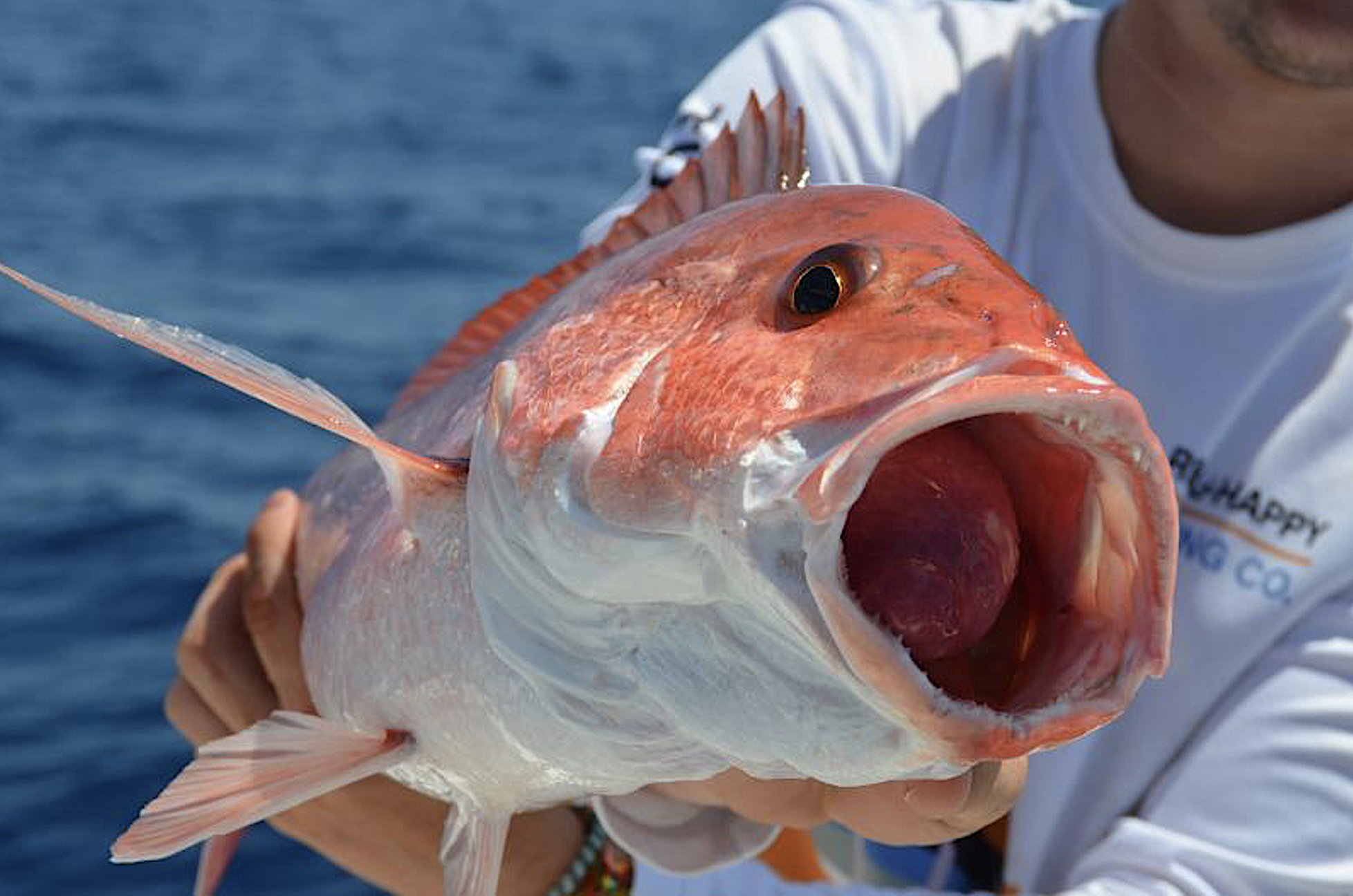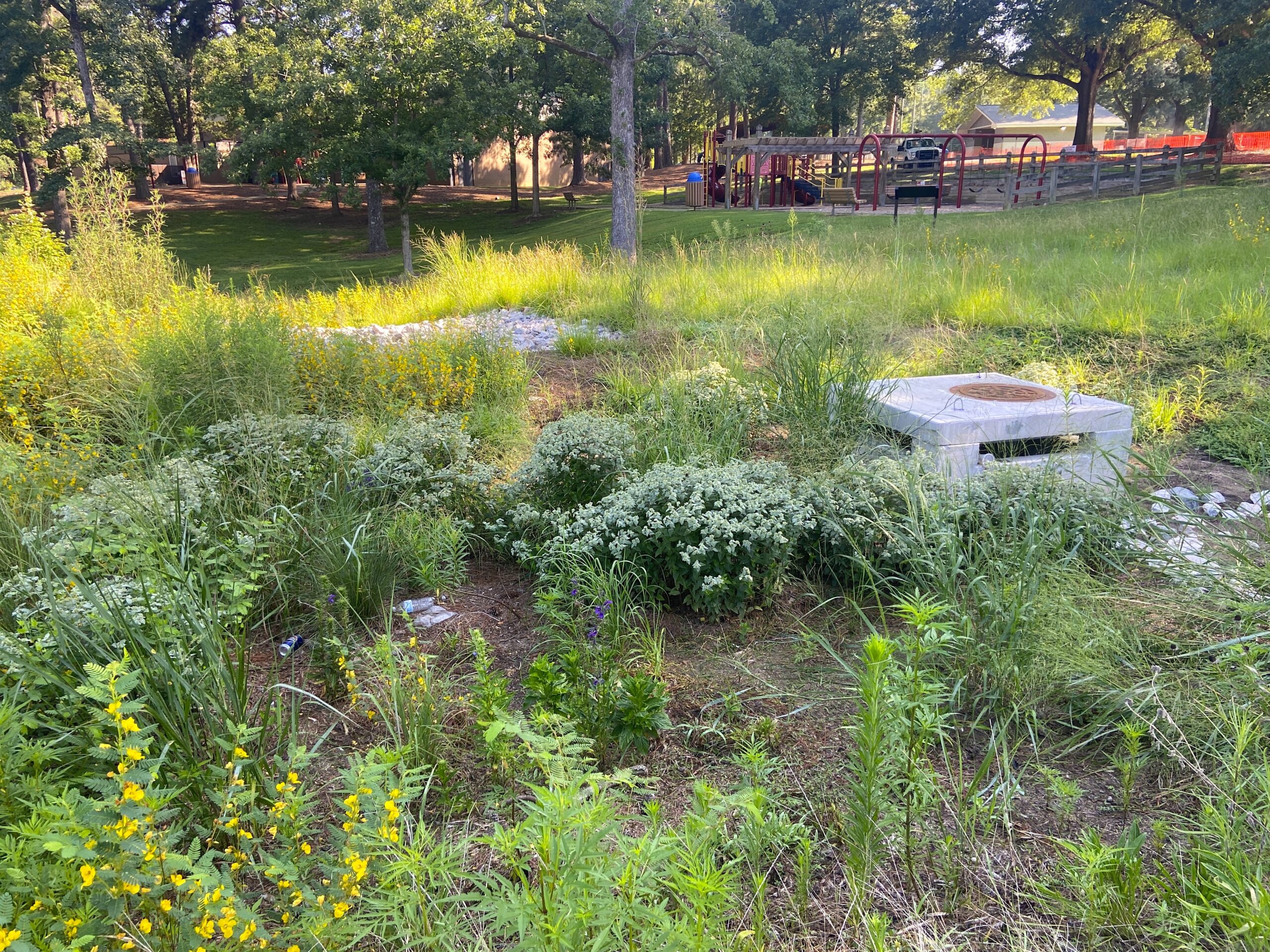From the Executive Director
Fall 2025: Storms, Science, and Serving North Carolina

Hurricane season is upon us. As we all keep a cautious eye out for tropical storm development, it’s worth reminding ourselves that even with storms far offshore, there can be serious impacts across our coastline and inland. Flooding, stormwater, and high winds can still be dangerous.
The likelihood of rip currents also increases. Please take a moment to review the Rip Currents Safety Poster on the back page, and keep it somewhere convenient for future reference. Share it with your friends and family — and you might even save a life. You can also find more rip current safety information here.
As we all have learned over the past decades, and more recently with Hurricane Helene last Fall, hurricane impacts can stretch great distances from the coast, which makes forecasting expertise all the more important. “The Art and Science of Weather” in this issue goes behind the scenes at a NOAA weather station to explore why it takes more than models to make accurate predictions about all varieties of weather, including tropical storms and hurricanes.
It’s never too early to have a plan for storms, by the way. You can find essential information on storm preparation and recovery here.
Killer whales, A.I. whales (yep, that’s a thing), lighthouses, and snakes — oh my! The breadth of stories in this edition of Coastwatch spotlights North Carolina Sea Grant’s team and our partners, sharing news and experiences about research, extension, and training.
In “Coast to Coast,” for instance, you can read about a Sea Grant initiative to match undergraduates with the needs of coastal and Great Lakes communities. For the past two years, Dynestie Robinson has coordinated the national Community Engaged Internship Program out of our Raleigh office, supporting the next generation of leaders in freshwater, coastal, and marine policy and science. These interns actively contribute to their communities through a wide array of projects — from business and marketing to science research and outreach to education and communication. It is exciting to see the students’ growth and to anticipate their future contributions.

As many of you know, North Carolina Sea Grant, a federal-state partnership with NOAA, is committed to producing significant impacts on timely issues in our state: flood management, strengthening stormwater and wastewater infrastructure, fostering growth in fisheries and aquaculture, and delivering workforce opportunities, to name just a few.
As readers of Coastwatch, you understand the value of North Carolina Sea Grant’s research, extension, and educational programming. In the last fiscal year, our work contributed $4 million in economic benefits to the state, leveraged $3 for every $1 in federal funding, trained 14,627 people, and brought together 4,564 more North Carolinians in meetings and workshops. You can read more here.
What an amazing community we have, from the mountains to the sea, providing strength and support for North Carolina Sea Grant. I welcome you to amplify your support through this quick sign-on letter. You also can help us maintain and expand our impact by donating to our program.
Please feel free to reach out directly to me about any other ways you would like to offer support for North Carolina Sea Grant. Email snwhite3@ncsu.edu.
— Susan White, Executive Director, North Carolina Sea Grant


